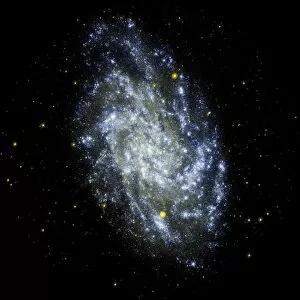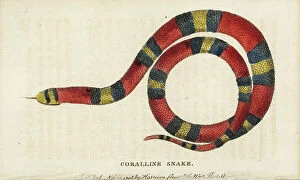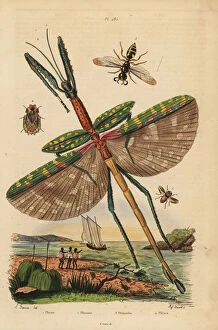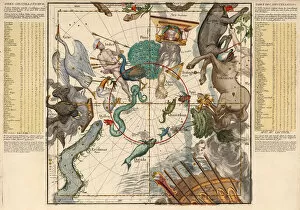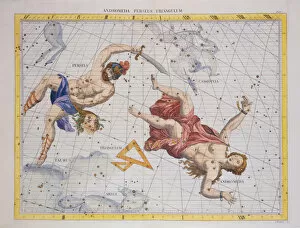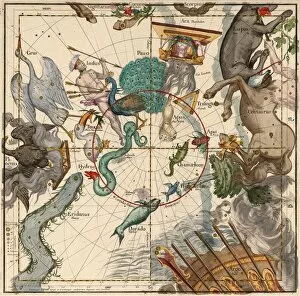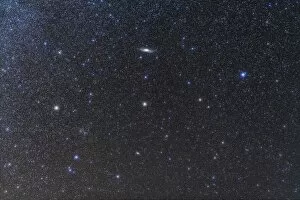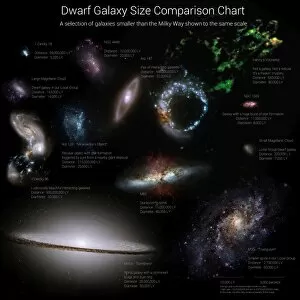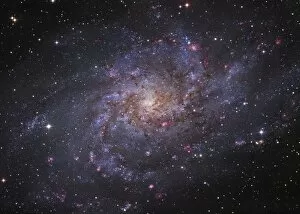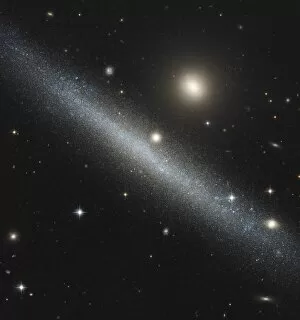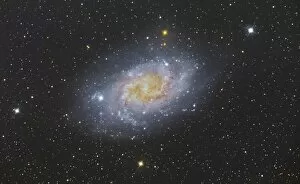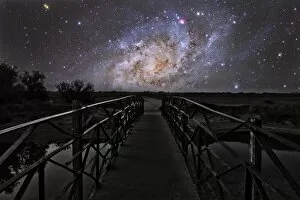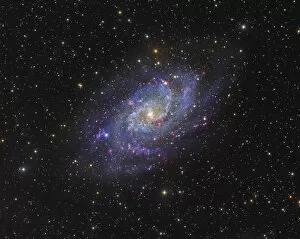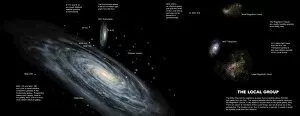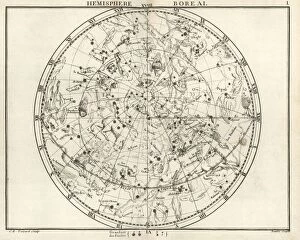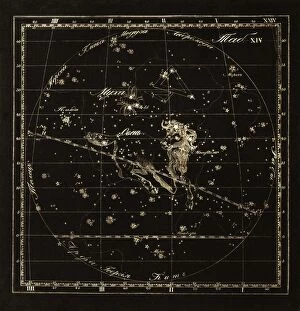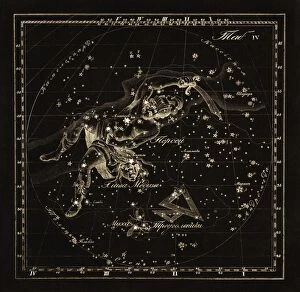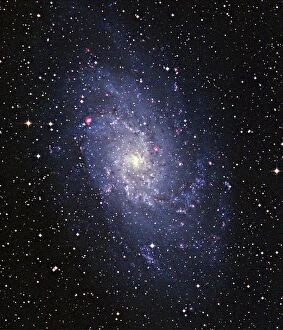Triangulum Collection
Triangulum, also known as the Triangulum galaxy (M33), is a captivating celestial wonder that has fascinated astronomers and stargazers alike
For sale as Licensed Images
Choose your image, Select your licence and Download the media
Triangulum, also known as the Triangulum galaxy (M33), is a captivating celestial wonder that has fascinated astronomers and stargazers alike. This stunning spiral galaxy resides in the constellation of Triangulum, hence its name. With its intricate arms adorned with billions of stars, Triangulum stands out among the vast expanse of space. Its beauty knows no bounds, captivating our imagination and reminding us of the infinite wonders that lie beyond our world. Intriguingly, Triangulum isn't just a distant speck in the night sky; it holds secrets waiting to be unraveled. Scientists have discovered DDE-90037091 within this cosmic marvel – an enigmatic object whose true nature continues to elude us. But it's not only celestial bodies that find their place within Triangulum's embrace. On Earth, creatures like the Goliath stick insect, fly, bee-killer wasp, and bark bug are named after this mesmerizing galaxy due to their unique characteristics or resemblance to its awe-inspiring features. Throughout history, artists have sought inspiration from Triangulum's allure. From ancient depictions such as Plate 6 from Globi coelestis in tabulas planas redacti descriptio to more recent works like Curtis British Entomology Plate 273 and Atlas Coelestis' portrayal of Constellation of Perseus and Andromeda – all pay homage to this celestial masterpiece. Maps dating back centuries showcase how humans have recognized and admired Triangulum's position among other stellar constellations. The Map of Stellar Constellations from 1775 highlights its significance while Sidney Hall's artwork from c1820 immortalizes both Andromeda and Triangula together in breathtaking detail. Even on a smaller scale closer to home lies Lampropeltis triangulum – better known as the milk snake.

